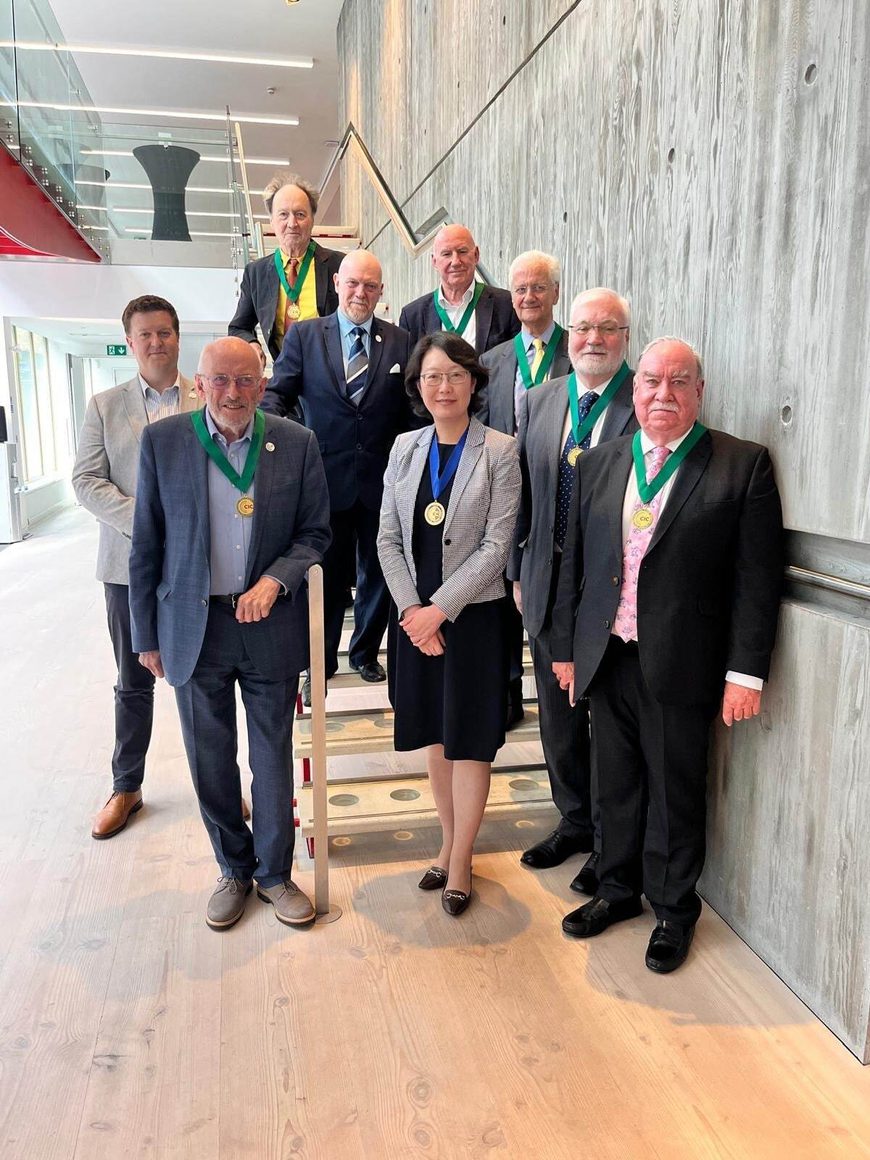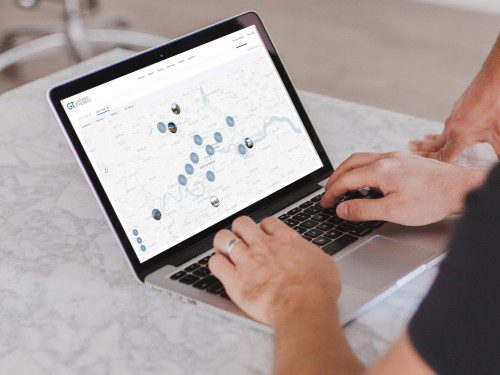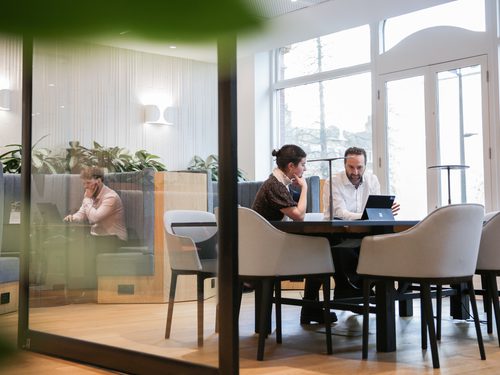An interview with Tony Burton – Former G&T Senior Partner and Past Chair of the Construction Industry Council
Tony Burton, who spent his entire career with G&T before retiring in 2019, was recently awarded a medal by the Construction Industry Council (CIC).
Tony chaired the CIC from 2014 to 2016 and was recently recognised for his exceptional leadership and significant contributions to the CIC and the broader construction industry.
We asked Tony about his start in the profession, his time at the CIC, and his views on the future of the industry.
1. How did you first get involved with the CIC and become Chair?
I was contacted by the RICS, who were looking to nominate a surveyor for the position of chairman. It was an honour to be asked, given that CIC represents all of the built environment professions. I spent a year as the incoming deputy chair, two years as chair, and a year as the outgoing deputy chair. This system allowed time to learn the role and later impart wisdom. Afterwards, I remained a board member responsible for inclusive environments and served as Treasurer for my last few years with CIC. G&T has always been very supportive of members of the firm at all levels who want to contribute in some way to the wider construction industry.
2. How did your role at the CIC differ from your position as Senior Partner at G&T?
It’s very different from private practice. At G&T, decisions are generally made quickly, while at the CIC, with various professional bodies represented, finding consensus took more time. My predecessor at CIC likened it to “chasing squirrels” because the institutions at times moved in different directions. The key was to achieve the broadest possible consensus and usually we managed to do this.
3. How did you get your start in the built environment?
My uncle was a Quantity Surveyor on the Island of Jersey. In the early to mid-70s, degrees in quantity surveying were quite new. I think I was in the second or third intake of graduates at G&T. I was very fortunate to be offered a job at G&T straight out of university, which I accepted, and it turned out to be the best decision I ever made.
Today, it's more common for people to change firms, but I stayed with the firm for 40 years because there was always another opportunity or exciting project at G&T. In the built environment, you’re not doing the same thing for 40 years,
The project cycle is usually around 4 to 5 years but some can take a lot longer. There was never a time when I could get bored.

4. Did an increased focus on DEI and sustainability change your role?
When I started, the profession was almost exclusively white men who had a relative in the industry. Over time the Masters level course saw more women join the profession and the new degree apprenticeships have opened doors for a broad cross section of society. I’m very pleased to have been involved in the creation of both of these routes into chartered surveying.
The G&T of today is a much more diverse firm than the one I joined and this is incredibly positive, but the Construction Industry still has further progress to make. The career paths in construction are one of the UK’s best-kept secrets, with 250 different careers beyond just being a builder. The key element to future recruitment is to get that message across to school children and their teachers.
5. How has the built-environment space changed over your career?
It has evolved massively and continues to do so. When I started, there were no PCs and everything was done manually. The first technological advances affected secretaries first, with word processors replacing typewriters. But eventually, everyone had a PC and was connected to the internet. Today, we’re on the cusp of a new revolution, moving from traditional building to entirely new methods of delivering buildings.
We’re already seeing technology changing our day jobs. Safety helmets with Head Up Display and cameras that project 3D models of the onto visors, helping identify issues in construction. AI and 3D-printed buildings are emerging, and technology will only continue to accelerate.
Some feared technology would end the quantity surveying profession, but it has actually freed us to do what clients value. We’re doing more for clients now with tools that would have taken an army of people months to achieve in the past.
In the future, I’m not sure we’ll still be using keyboards or screens. Technology will likely become more embedded, more wearable, allowing for a more integrated approach to work.
It is only in the last 20 years that smart phones have been available. That’s just half of my career with G&T. It’s difficult to imagine what technology will be available in the next 20 years but I am confident that the people at G&T will be using it intelligently for the benefit of their clients.
Learn more about the CIC and its mission here.






